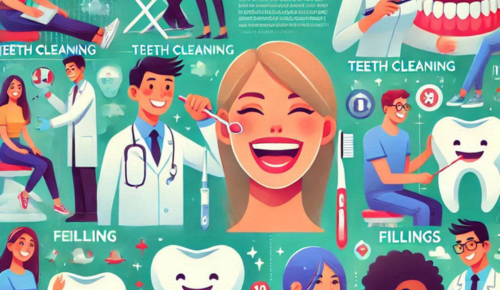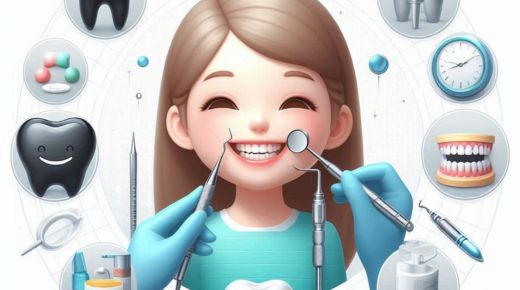As a gentle dentist in Floral Park, NY, our top priority is ensuring the safety and comfort of our patients. One crucial aspect of providing exceptional dental care is using proper digital X-ray techniques. Digital X-rays are a valuable diagnostic tool, allowing us to detect oral health issues early on and provide effective treatment. However, if not performed correctly, digital X-rays can expose patients to unnecessary radiation, leading to potential health risks.
In this article, we will explore the importance of proper digital X-ray techniques for patient safety, and discuss the steps our gentle dental team takes to ensure that our patients receive the highest quality care while minimizing radiation exposure.
What Are Digital X-rays?
Digital X-rays are a modern dental imaging technology that uses electronic sensors to capture high-quality images of a patient’s teeth, gums, and surrounding bone structure. Unlike traditional film X-rays, digital X-rays use a digital sensor to capture the image, which is then instantly displayed on a computer screen for the dentist to review. This technology provides several benefits, including reduced radiation exposure, faster image capture, and enhanced image quality, allowing dentists to make more accurate diagnoses and develop effective treatment plans.
What Are The Risks of Improper Digital X-Rays Technique?
Improper digital X-ray technique can lead to a range of risks, including:
- Overexposure to Radiation: Improper technique can result in overexposure to radiation, which can increase the risk of cancer and other health problems.
- Inaccurate Diagnoses: Poor technique can lead to inaccurate diagnoses, which can result in inappropriate treatment and poor patient outcomes.
- Patient Discomfort: Improper technique can cause patient discomfort, including pain, anxiety, and stress.
- Equipment Damage: Poor technique can also damage the digital X-ray equipment, leading to costly repairs and downtime.
What is The Importance of Proper Digital X-Rays Technique?
Proper digital X-ray techniques are essential for patient safety and accurate diagnoses. Here are some reasons why:
- Minimizes Radiation Exposure: Proper technique minimizes radiation exposure, reducing the risk of cancer and other health problems.
- Ensures Accurate Diagnoses: Proper technique ensures accurate diagnoses, which is critical for effective treatment and patient outcomes.
- Reduces Patient Discomfort: Proper technique reduces patient discomfort, including pain, anxiety, and stress.
- Extends Equipment Life: Proper technique extends the life of the digital X-ray equipment, reducing the need for costly repairs and downtime.
What Are Some Effective Tips for Achieving Proper Digital X-Rays Techniques?
Here are some tips for achieving proper digital X-ray techniques:
- Use the Correct Exposure Settings: Use the correct exposure settings to minimize radiation exposure and ensure accurate diagnoses.
- Position the Patient Correctly: Position the patient correctly to ensure accurate diagnoses and minimize radiation exposure.
- Use a Lead Apron and Thyroid Shield: Use a lead apron and thyroid shield to protect the patient from radiation exposure.
- Take Multiple Images: Take multiple images to ensure accurate diagnoses and minimize the need for retakes.
- Use Image Enhancement Software: Use image enhancement software to improve image quality and accuracy.
What Are the Best Practices for Digital X-ray Technique?
Here are some best practices for digital X-ray techniques:
- Follow the Manufacturer’s Guidelines: Follow the manufacturer’s guidelines for the digital X-ray equipment to ensure proper technique.
- Attend Training and Education Programs: Attend training and education programs to stay up-to-date with the latest techniques and technologies.
- Participate in Quality Assurance Programs: Participate in quality assurance programs to ensure that your digital X-ray technique meets the highest standards.
- Use Patient Education Materials: Use patient education materials to educate patients about the importance of proper digital X-ray techniques and how they benefit their safety and care.
Remember, proper technique is not just about minimizing radiation exposure and ensuring accurate diagnoses; it’s also about providing patients with the best possible care and outcomes.




